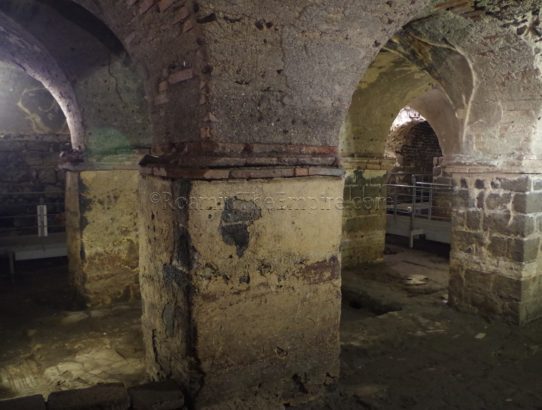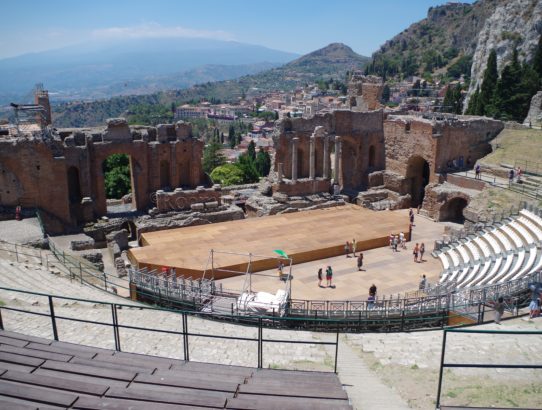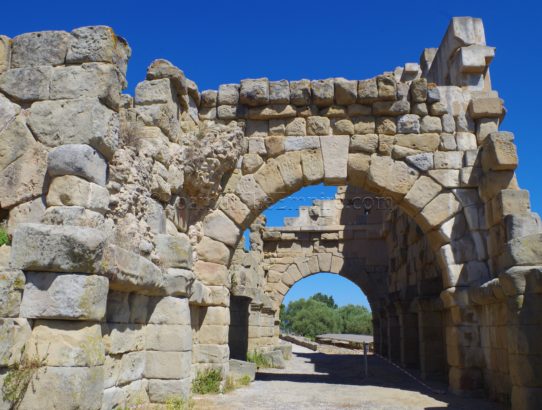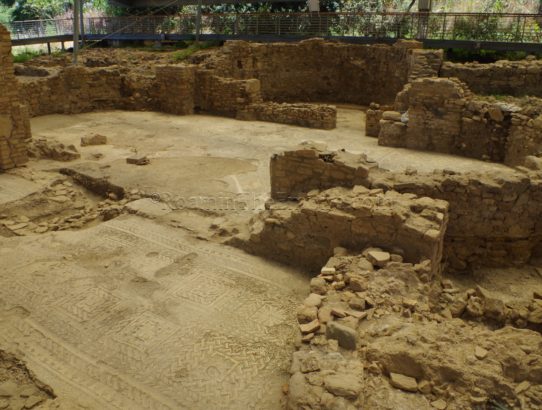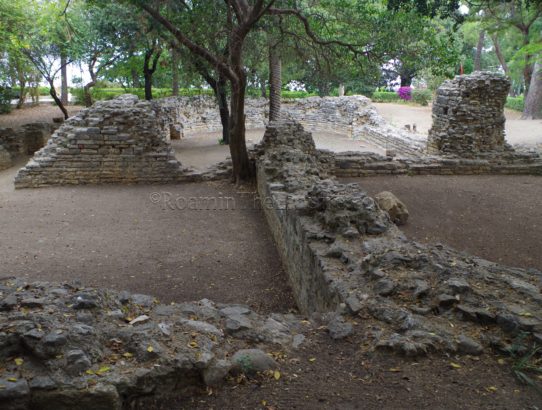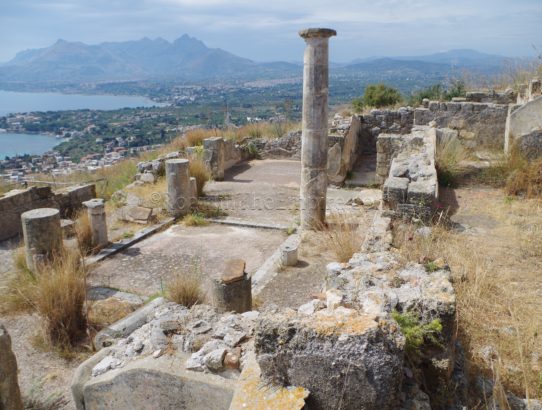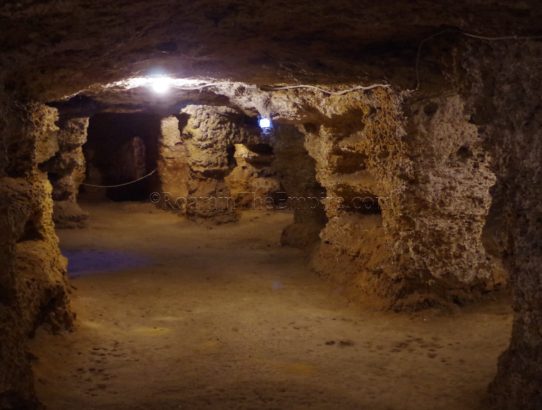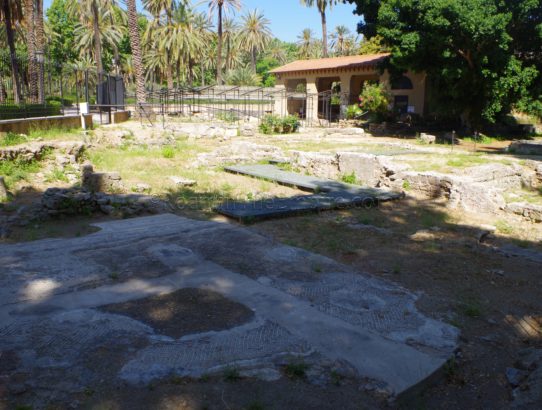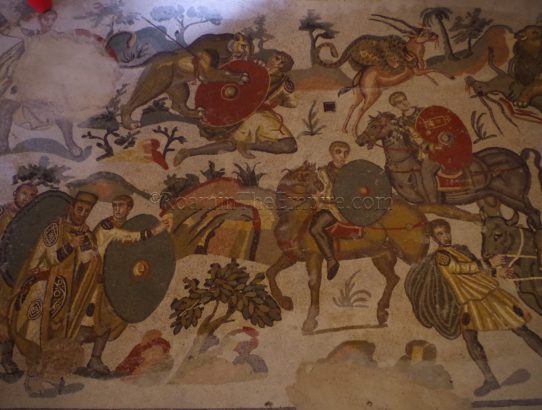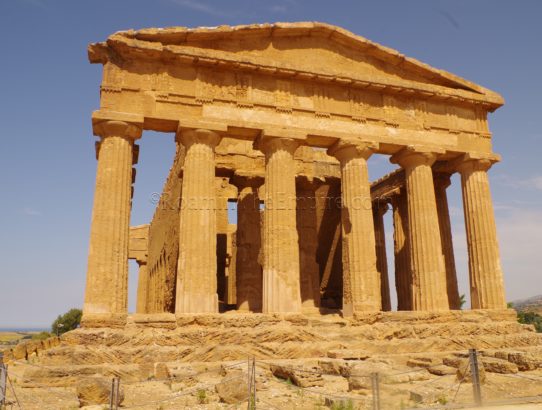Catana, Sicilia – Part I
Most Recent Visit: June 2017. Like many of the cities in eastern Sicily, the second largest city on the island, Catania, has its origin in one of the Greek colonies in that part of the island. The exact date of founding is unknown, but it is believed to be around 729 BCE when Chalcidian colonists…
Read More


